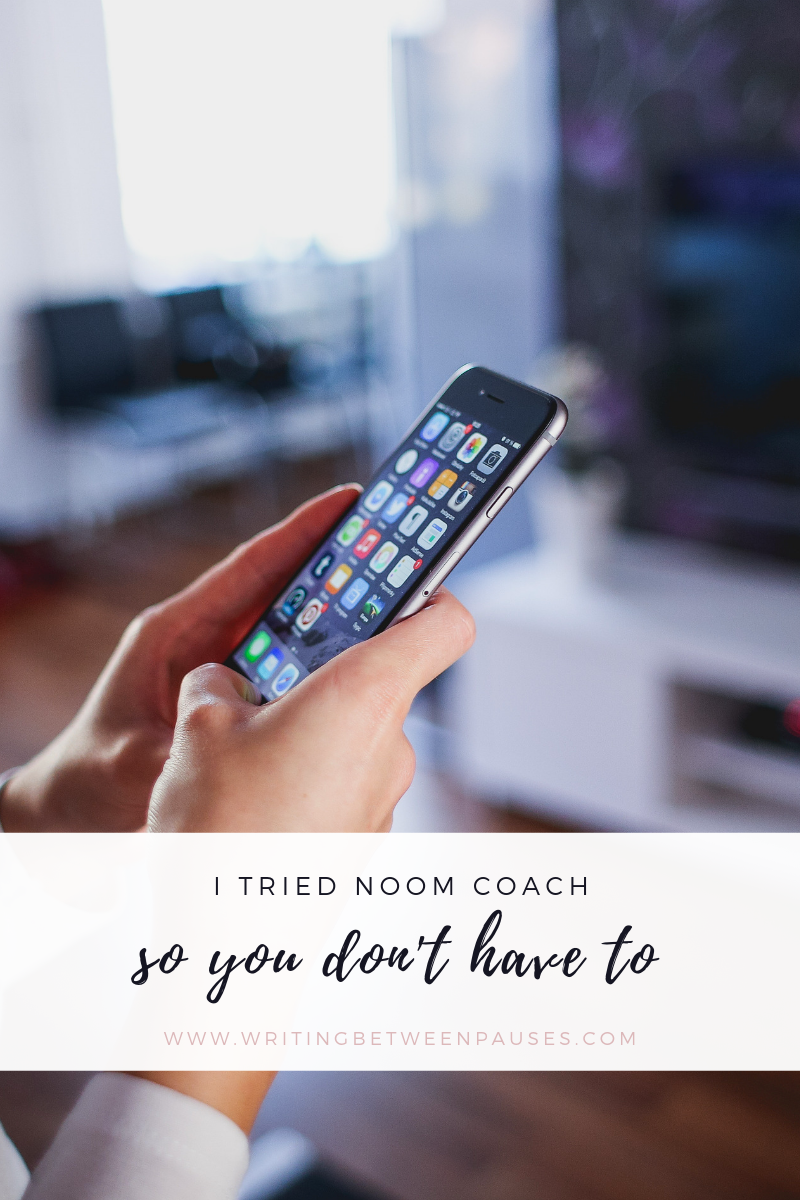My relationship with my hair is complicated.
For the last 12 years of my life, I’ve gone through a series of cut-into-pixie-and-grow-as-long-as-possible periods. I got my hair cut into a pixie just weeks before I had Forrest, then didn’t get a haircut for 3 years. (My hairdresser, as you can imagine, was as shocked as me. It really didn’t feel like 3 years, in my defense.)
In the last year and a half as well, I’ve developed an intensely dry scalp, that can be flaky, but mostly just deeply annoying. Sometimes, it’s tied to my cycle. Sometimes, it’s made worse or better by what I use in my hair. But the baseline for my scalp seems to be dry as hell, with a side of flakiness, and that’s just… my normal as an adult. It goes without saying: of all the terrible genetic traits to inherit, why this one (and my slow as heck metabolism)?
Whenever I look for products for my hair and scalp now, I have to be really clear about what I’m looking for: my hair itself isn’t necessarily dry, but my scalp is; my hair handles sulfate-free shampoos well, but not sulfate-free conditioners; harsh dandruff ingredients irritate my scalp worse; I need moisturizing, but not too much or it weighs down my hair… the list goes on.
When I received this conditioner for review, I was convinced I was going to hate it. The L’Oréal Paris Elvive Extraordinary Oil Rapid Reviver Deep Conditioner has the longest product name in the world (I struggled to shorten it for this blog post) and promises to “provide 2X more nourishment than any leading conditioner” and to be “lightweight, hydrating and moisturizing.” Two of those words mean the same thing, so… we’ll see.
Extraordinary Oil sounds way, way too heavy, doesn’t it? However, despite being called “Extraordinary Oil” and “a hair treatment” in various places both on the L’Oreal website and the tube, it also says it’s for daily use. Now, I subscribe to the idea that you don’t need to (and probably shouldn’t) wash your hair every single day. So using a heavy conditioner every day seems like a lot.
I use a lot of hair masks, so I was fully prepared for this conditioner to have the texture of a hair mask. However, it doesn’t. It’s a fairly standard conditioner when you get down to it; it doesn’t feel heavy and it gives your hair that slippy feeling when you apply it. I’ll admit to being fairly addicted to conditioner; I never don’t use it, because my hair can be unmanageable without it. I love the slippy, smooth feeling and even though I know that’s sulfates, and the internet tells me that sulfates are bad for my hair, I also don’t like not using it… because then my hair turns into a single tangle that I can’t get out! Give me sulfates in my conditioner or give me death!
Did I like this conditioner? Yes! I did. It was hydrating for my scalp and didn’t weigh down my hair as much as I thought it would. However, do I think it is anything special? Not necessarily. Despite all the fancy names, it doesn’t really promise to be anything besides a hydrating conditioner—which is what all conditioners do. Whenever I’m testing a hair product, I have to ask myself, over and over again, if I’m noticing a difference in my scalp (better or worse); preferably, it’s actually best that a product has no effect on my scalp. This product is one of those where it didn’t make my scalp better or worse, which is often a solid win for me.
Is this a particularly special conditioner? Not really. It didn’t necessarily wow me in terms of making my hair look any different from any other conditioner. It should be said, again: I don’t really have dry hair, just a dry scalp, and my hair isn’t damaged from heat treatment or hair dye. The bonus is this is only around $4-6 depending on which drug store you go to. (The downside is that L’Oreal Paris tests on animals.) If you’re looking for a good, affordable conditioner, and you struggle with hair that is dry or damaged, this is a great option.
Would I repurchase? It depends. I think if I started heat treating my hair more, I would probably look for something similar (but cruelty free) to use, as it is really hydrating. But this specific product? Probably not.
Disclaimer: As denoted by the asterisk (*) in the title of this blog post, I received this product in exchange for review. If you’d like to learn more about my disclosure policy, click here.

















